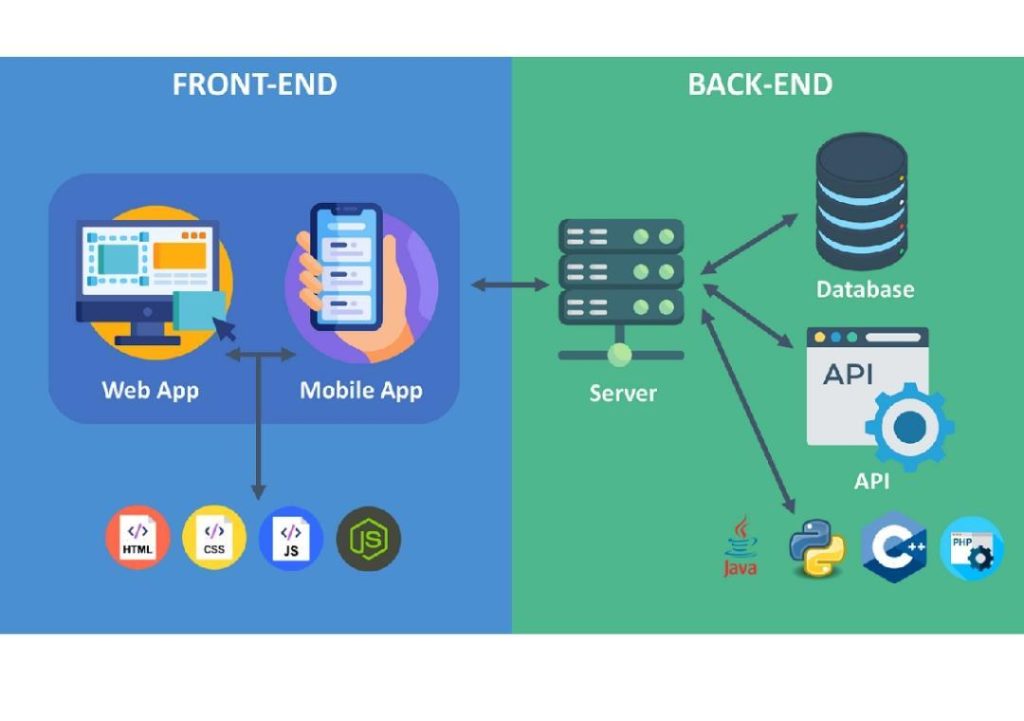
Can your frontend logic live without backend support?
In recent years, the way we design and develop applications has undergone a significant transformation. With the advent of modern frontend frameworks and libraries, developers are now able to push logic to the frontend like never before. This shift has led to a decrease in server calls, improved responsiveness, and enhanced user experiences. However, as we explore the possibility of frontend logic living without backend support, we must also acknowledge the limitations and critical functions that still depend on robust backend infrastructure.
The Rise of Client-Side State Management
Client-side state management has become a crucial aspect of modern web development. With libraries like Redux, MobX, and React Query, developers can now manage state and perform complex operations on the client-side. This approach enables simple workflows to run offline or in real-time, providing a seamless user experience. For instance, a simple calculator application can perform arithmetic operations without relying on server-side validation or processing.
Form Validation and UI Customization
Form validation and UI customization are two areas where frontend logic has made significant strides. With libraries like Yup and React Hook Form, developers can easily validate user input and provide instant feedback without relying on server-side validation. Similarly, UI customization has become more accessible with the use of CSS frameworks like Tailwind CSS and CSS-in-JS libraries like Styled Components. These libraries enable developers to write reusable and maintainable code, reducing the need for server-side rendering.
Real-World Examples
Several real-world applications have successfully implemented frontend logic without relying on backend support. For instance:
- The popular password manager, LastPass, uses client-side encryption to store sensitive user data. This approach ensures that user data remains secure and encrypted, even when accessed offline.
- The social media platform, Twitter, uses client-side rendering to display user timelines. This approach provides a fast and responsive user experience, even when users are offline.
- The e-commerce platform, Shopify, uses client-side caching to improve page load times and reduce server load. This approach enables merchants to scale their online stores without compromising performance.
Critical Functions that Still Depend on Backend Infrastructure
While frontend logic has made significant progress, there are several critical functions that still depend on robust backend infrastructure. These functions include:
- Authentication: Authentication is a critical function that requires backend support. Client-side authentication can be compromised by man-in-the-middle attacks or stolen credentials. Backend infrastructure provides a secure and scalable solution for authentication, ensuring that user credentials are protected.
- Data Security: Data security is a top concern for modern applications. Backend infrastructure provides a secure environment for storing and processing sensitive user data. Client-side encryption can be compromised by data breaches or unauthorized access.
- Storage: Storage is a critical function that requires backend support. Client-side storage solutions like Local Storage and Session Storage are limited and can be compromised by data breaches or unauthorized access. Backend infrastructure provides a scalable and secure solution for storing and processing large amounts of data.
Conclusion
While frontend logic has made significant progress and can successfully handle tasks like form validation, UI customization, and client-side state management, it is not a replacement for backend infrastructure. Critical functions like authentication, data security, and storage still depend on robust backend infrastructure to keep systems secure and scalable. As developers, it is essential to strike a balance between frontend and backend development, leveraging the strengths of each to build robust and scalable applications.
Reference:
https://www.growthjockey.com/blogs/frontend-vs-backend-development
Note: The above blog post is a creative work and should not be considered as an actual blog post from the news source. The news source link is provided for reference purposes only.






